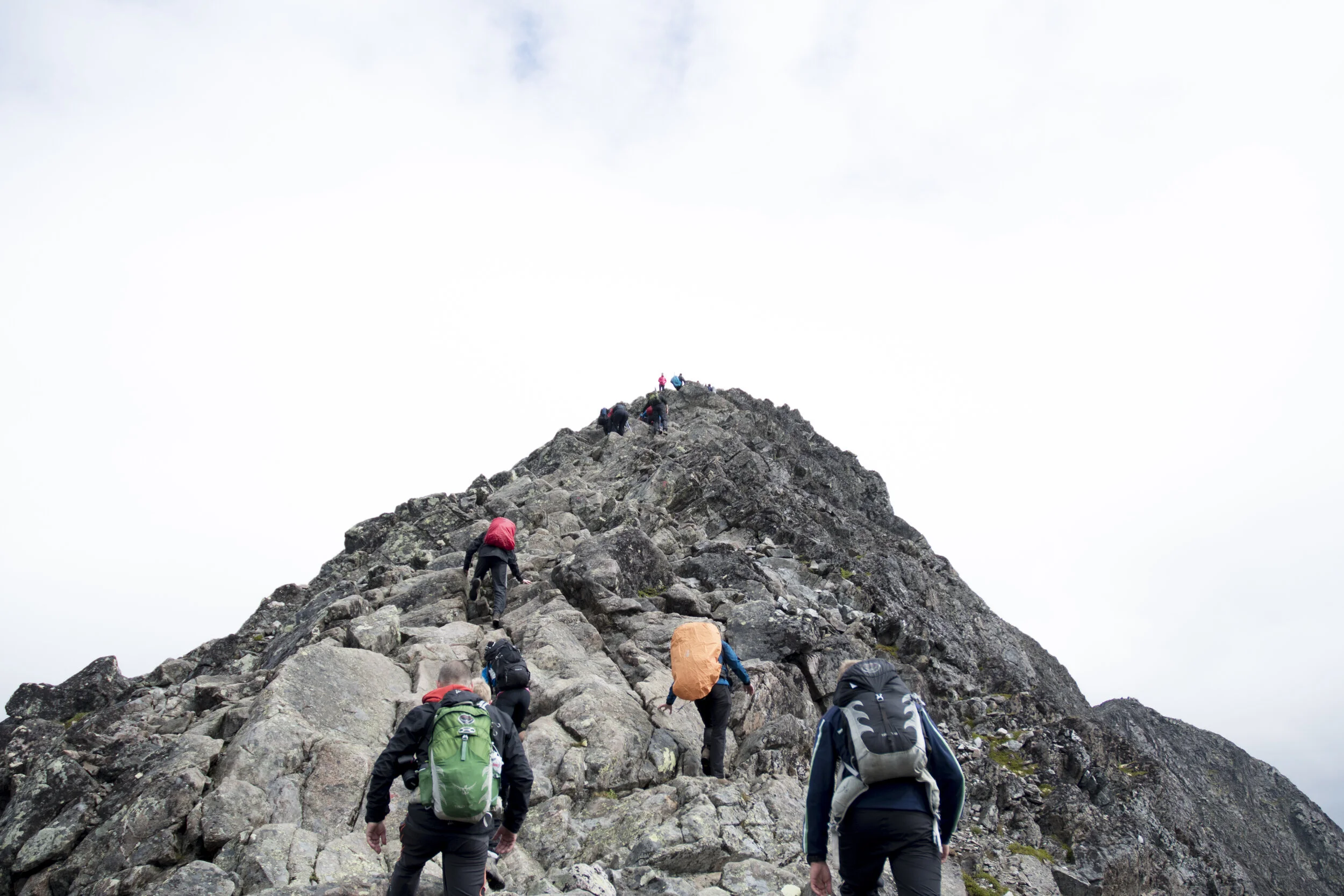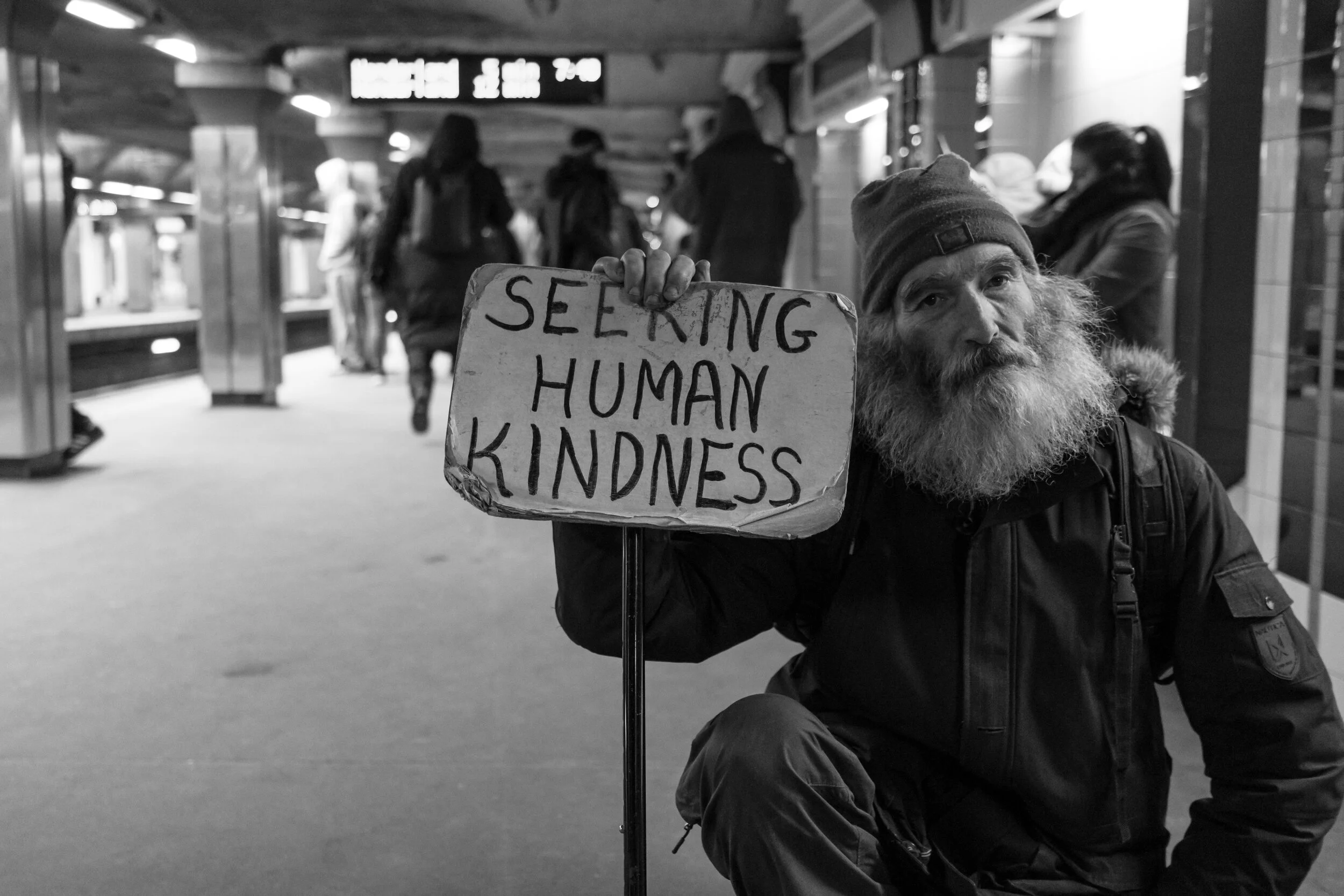The Last 72 Hours - What's Changed & What's Stayed The Same
On Monday I wrote this blog post sharing our firm's thoughts on the current state of market volatility. If you haven’t read the blog I’d highly encourage you to do so. Candidly, writing that feels like 3 months ago as opposed to 3 days ago.
What’s Changed:
WHO declares Coronavirus a pandemic
President Trump declares a travel ban in the EU
Many Sporting Events are canceled or postponed
For Oregonian’s, Governor Brown cancels events over 250 people
Universities and School Districts go online or close for periods of time
A well-known celebrity, Tom Hanks tests positive for Coronavirus
Lastly, the stock market has gone from being 18% off its highs on Monday to 26% off its highs as of the market close today (Thursday, March 12th). Along the way, it suffered it’s worst single-day loss since 1987.
When speaking with a co-worker Wednesday night it seemed like there was a social tipping point for many Americans regarding the potential seriousness of the virus. It felt closer. Add in what’s happening with the price of oil and interest rates and you get the fastest move from a market high to being in a “bear market”.
What’s Stayed The Same:
A quote I’ve been thinking about this week is, “There’s an art to taking action and an art to justifying inaction”. Another piece of information that was shared today in our office was “In volatile times like this its necessary to be more disciplined not less discipline.” The same principles still apply to being a great investor today as they did a month ago. It’s simply harder to execute when chaos is occurring around us.
As hard as is it is, most likely inaction is the best course during times of increased volatility. It’s common for some of the best days of the market to be close in close proximity to some of the worst. Here’s what happens when you miss out on some of those days.
Going to cash and getting back in when it feels better is harder than it sounds. This quote from Josh Brown a CNBC pundit and CEO of Ritholtz Wealth Management provided this perspective from March of 2009 (the bottom of the financial crisis) and what it looked like to get back in:
“The great answer is that you won’t know when the dust settles. There’s no airplane writing the “all clear” in the sky above your neighborhood. And when the dust settles, do you think stocks will be at their lows? Or will they have already rallied furiously, in anticipation of this? Let me give you an example. Imagine it’s March 9th. About eleven years ago, in 2009, the stock market stopped going down. There was no reason. The dust had settled, without fanfare or any sort of official announcement. If you had polled people that day, or week or even month, most would not have agreed that we had seen the worst. The economic headlines were not improving. But there it was. And by June 12th, about 3 months later, the stock market had climbed 40% from that March low. And even with that having happened, the majority of investors still weren’t clear that the dust had fully settled.“
Do you what you need to do to make it through times of increased volatility in the market. I heard the term “social distancing yourself from your 401(k)” and it provided a much-needed laugh. Having discipline and staying the course on your plan is much easier when you have a plan. Whether it’s using your own tools or entrusting a fiduciary to partner with you, knowing that you did the planning work upfront makes all the difference in when 3 days feels like 3 months.





















